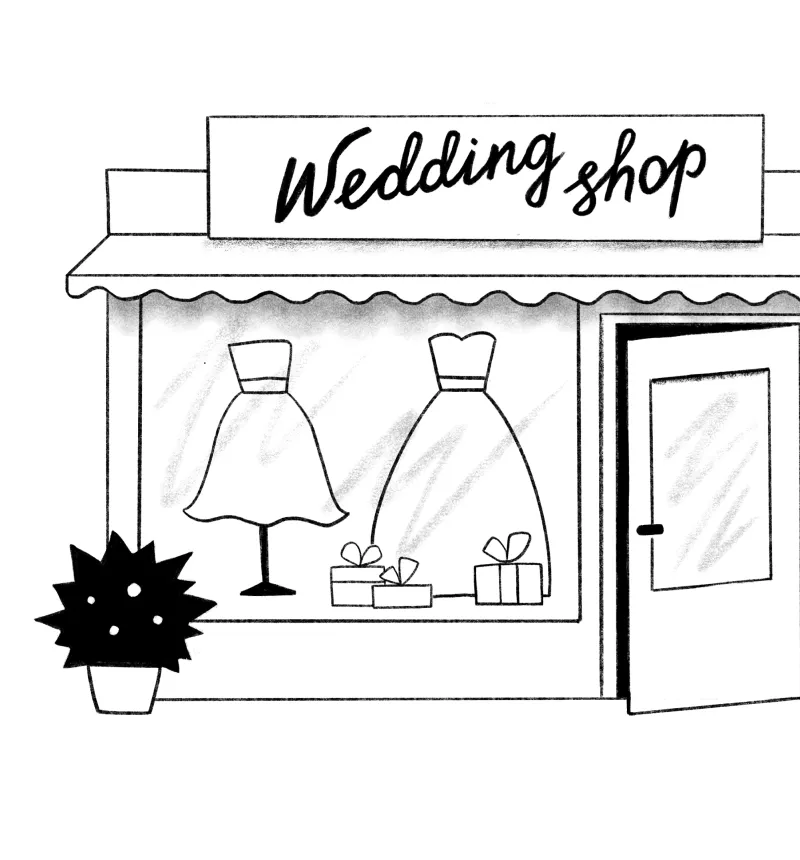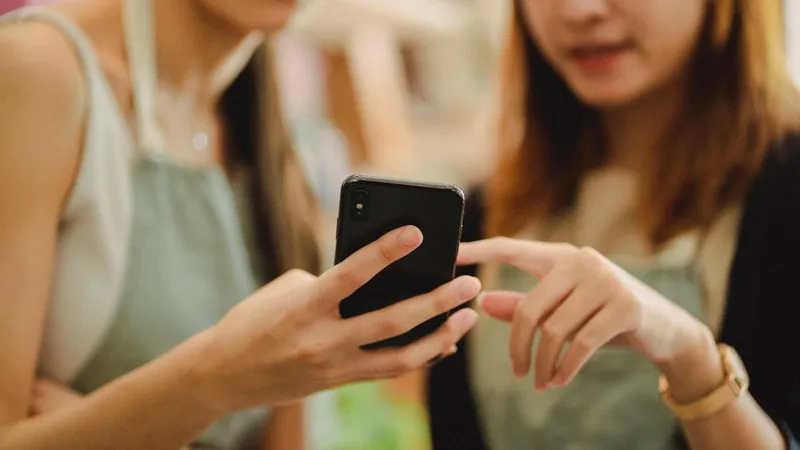Add, remove & assign phone numbers on demand
Manage, respond to, and share calls with your team
Send & receive any message you need to
Keep contact details in one place with a shared phonebook
For on-the-go teams to share messages, calls, and contacts
A full directory of all our included features

Different types of telephone numbers and how they work

Gone are the days when businesses had to be content with the usual phone number starting with the area code. Now there are different types of phone numbers to choose from, including non-geographic numbers and second phone lines for work.
A non-geographic phone number isn’t tied to any particular region or locality. The non-geographic numbers available in the UK include freephone numbers, local phone numbers, UK-wide numbers and premium-rate numbers.
Freephone numbers
Freephone numbers are those that are charged on incoming calls rather than bill the origin of the call. Freephone numbers are phone numbers that allow contacts to be made in the UK free of charge. Freephone numbers allow people from the UK to make free calls to you.
In the UK, freephone numbers begin with prefixes such as 0808, 0800 and 0500. Freephone numbers are useful for:
Customer support: Your customers won’t have to pay for the call
Advertising: You can include a freephone number to persuade customers to call you
Customer acquisition: This can also be used for sales calls
Local rate numbers
Local rate numbers were initially used to refer to the cheapest call charges from landline to landline made within a local area. Nowadays, local rate numbers are used to refer to numbers whose calls are charged as a standard call. The majority of phone companies have stopped offering 'local rate charges'. Instead, they use normal landline rates.
Local rate numbers are often used for:
Helpline: For answering customer queries
Campaign response: You encourage customers to call you but don’t offer it as a free service
Collateral request: Interested customers or clients can call you for additional information and request brochures or leaflets
Are 0845 and 0844 local rate numbers?
0844 numbers and 0845 numbers are not local rate numbers. They are charged in two ways, which results in a higher rate than local landline charges. When 0845 numbers were introduced in the UK, phone companies charged them as local rate numbers, however, with time the companies assumed new charges for these numbers to differentiate them from local rate numbers.
Local rate numbers today are charged depending on the type of number and the origin and destination.
UK-wide numbers
03 numbers were introduced in the UK as an alternative to chargeable 08 numbers, such as 0870. These numbers allow organisations to have a single national point of contact without consumers having to pay extra to call them.
0333 numbers are UK wide national numbers which are not associated with a specific geographic location. This makes them useful for businesses that want to appeal to customers across the whole of the UK, rather than just a specific local area.
The cost of calling 0333 numbers is the same as calling a landline number, be it from a landline or a mobile. Callers with free call minutes to landlines would also usually have calls to 0333 numbers included in their bundles. This means that callers can call you for free, even from their mobile.
Premium rate numbers
Premium rate numbers are a sub-set of numbers under the wider banner of ‘non-geographic’ numbers and start with the prefixes 09, 118, 0871, 0872 and 0873. Premium rate numbers are usually used for services such as weather information or for competitions and are described as ‘premium rate’ because they are much more expensive than other telephone number types.
The most expensive premium-rate numbers cost up to £3 per minute, with even the cheapest coming in at around about 75p per minute.
For some businesses, a premium rate number is an effective tactic to discourage customers from calling them. If you’re getting such a number, ensure that you abide by the regulations of the Phone-paid Services Authority.
Second-line numbers
If you’re planning to increase productivity through a second phone number, you should consider a virtual number. Unlike traditional phone lines, these use your internet connection.
The benefits of using a business phone number
Quick connection: You can download a second number app and get started in a few minutes without having to wait for a day or two
Better business profile: Your customers and clients will have a separate line to reach you, which makes your business look more professional
No need for another device: No need to buy a device or port your number. Since it’s an app, you don’t have to buy a new phone or get a new SIM
Cost-effective: You only have to pay a reasonable monthly fee. With Chalkboard, for example, it’s less than what you would pay for a cup of coffee
Advanced features: You will also get additional features including call queuing, call recording and voicemail
Enjoy additional features
To separate your business and personal lives and to have a dedicated number for customer support, business owners and professionals should consider getting any of these non-geographic phone numbers or a second phone line for work for value-added features.

Continue reading
Everything a business owner needs to know about number porting – including alternatives
There are many professional and personal reasons why local business owners should have a second phone number




